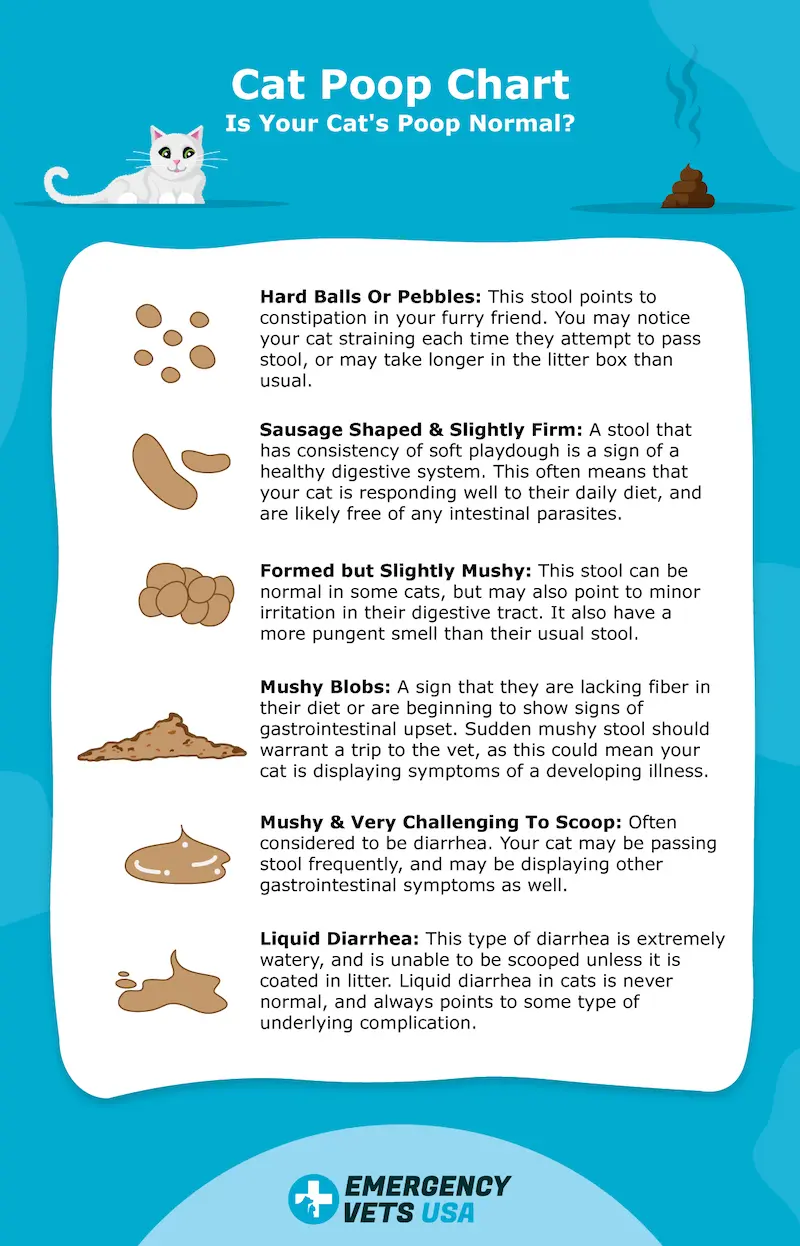April is National Prevention of Lyme Disease in Dogs Month. Many of us pet parents give our dogs monthly flea and tick medication to prevent a variety of tick borne illnesses, including Lyme Disease. However, even with that protection, your pup could be infected if bitten. Lyme disease, both for humans and dogs, is serious, but being prepared and vigilant and knowing the signs and symptoms means you can get your pup the treatment they need.
What is Lyme disease?
Lyme disease, also known as Lyme borreliosis, is a bacterial illness that can be transmitted to humans and pets via the bite of a deer tick (also known as the black-legged tick). Once bitten, the bacteria enters the bloodstream of the animal and travels to different parts of the body, often causing widespread problems in organs and joints.
 Ticks prefer tall grasses or marshes, thick brush, and woods, and jump onto the host animal as it passes through those areas. The majority of deer ticks, and thus Lyme disease cases, occur in the Northeast, Upper Midwest, and Pacific Coast, but they can exist anywhere so it’s always a good idea to check your pets (and yourself) for ticks after walks through that type of environment. An infected tick can transmit the disease after it has been attached to the animal for 24 to 48 hours, which is why frequent tick checks are important, especially in the warmer months.
Ticks prefer tall grasses or marshes, thick brush, and woods, and jump onto the host animal as it passes through those areas. The majority of deer ticks, and thus Lyme disease cases, occur in the Northeast, Upper Midwest, and Pacific Coast, but they can exist anywhere so it’s always a good idea to check your pets (and yourself) for ticks after walks through that type of environment. An infected tick can transmit the disease after it has been attached to the animal for 24 to 48 hours, which is why frequent tick checks are important, especially in the warmer months.
What are the symptoms?
Typical symptoms of Lyme disease in dogs are:
- Fever
- Lameness/limping (can be intermittent or recurring)
- Generalized stiffness or pain
- Swelling of joints
- Low or reduced energy
- Loss of appetite and/or weight loss
Some owners have described their dogs as seeming to “walk on eggshells.” They move hesitantly and painfully. Sometimes they may limp on one leg or it may switch to another leg or disappear altogether for weeks just to recur.
If untreated, Lyme disease can sometimes progress to organ, specifically kidney, failure. This is less common but can be fatal. Non specific signs of Lyme disease affecting the kidneys are lethargy, vomiting, lack of appetite, and weight loss.
The good news is that because it is transmitted via ticks, Lyme disease is not contagious between pets or between humans and animals. However, if one of your pets is diagnosed with Lyme disease, it’s possible that you and/or any other pets in your home can contract it if any additional ticks were carried back from your walk.
How is Lyme disease treated?
Veterinarians diagnose Lyme disease in dogs with a specific blood test. The infection can be found with that test approximately 3-5 weeks after your dog has been bitten, sometimes before your pup shows symptoms. Because the tests can take several weeks to show a positive result, veterinarians may also use additional diagnostics such as a urinalysis, fecal sample, x-rays, or a joint fluid sample to assist in the diagnosis. This is why annual well checks and bloodwork are important parts of your pup’s health care.
Treatment includes a long round of antibiotics, usually 30 days. Symptoms typically resolve quickly, but occasionally the infection will persist and a longer course of antibiotics will be needed.
What can I do to prevent my dog from getting Lyme disease?
While none of these are foolproof, there are several ways to reduce the risk of your pet contracting Lyme disease:
- Keep your pet medicated year round. The flea and tick prevention prescribed by your veterinarian works best if it is used consistently. While it may be unlikely, ticks can survive some extreme weather and may bite your pup on a walk any time of year.
- Consider getting your dog vaccinated. Vaccinations may help prevent your pup from getting Lyme disease if bitten. Consult with your veterinarian to see if the Lyme vaccination would be right for your pet.
- Inspect your dogs (and yourself) after every walk through woods or grassy areas. The American Kennel Club says “On dogs, look especially on the feet (and between toes), on lips, around eyes, ears (and inside ears), near the anus, and under the tail.” You can also ask your vet to do a tick check at every exam. They may find some that you’ve missed.
- Remove any ticks that you do find quickly and learn the proper method of removal so that the entire tick is removed.
- Keep grassy areas in your yard mowed as short as possible and avoid any tall grasses while out for walks.

 Springtime is right around the corner here in Minnesota and many of us are ready to get out and about now that the weather is more agreeable. From parks to events to coffee shops, there are some wonderful places you can visit and bring your four legged friend with you! Check out our list below of some of our favorite spots to hang with Spot.
Springtime is right around the corner here in Minnesota and many of us are ready to get out and about now that the weather is more agreeable. From parks to events to coffee shops, there are some wonderful places you can visit and bring your four legged friend with you! Check out our list below of some of our favorite spots to hang with Spot.








